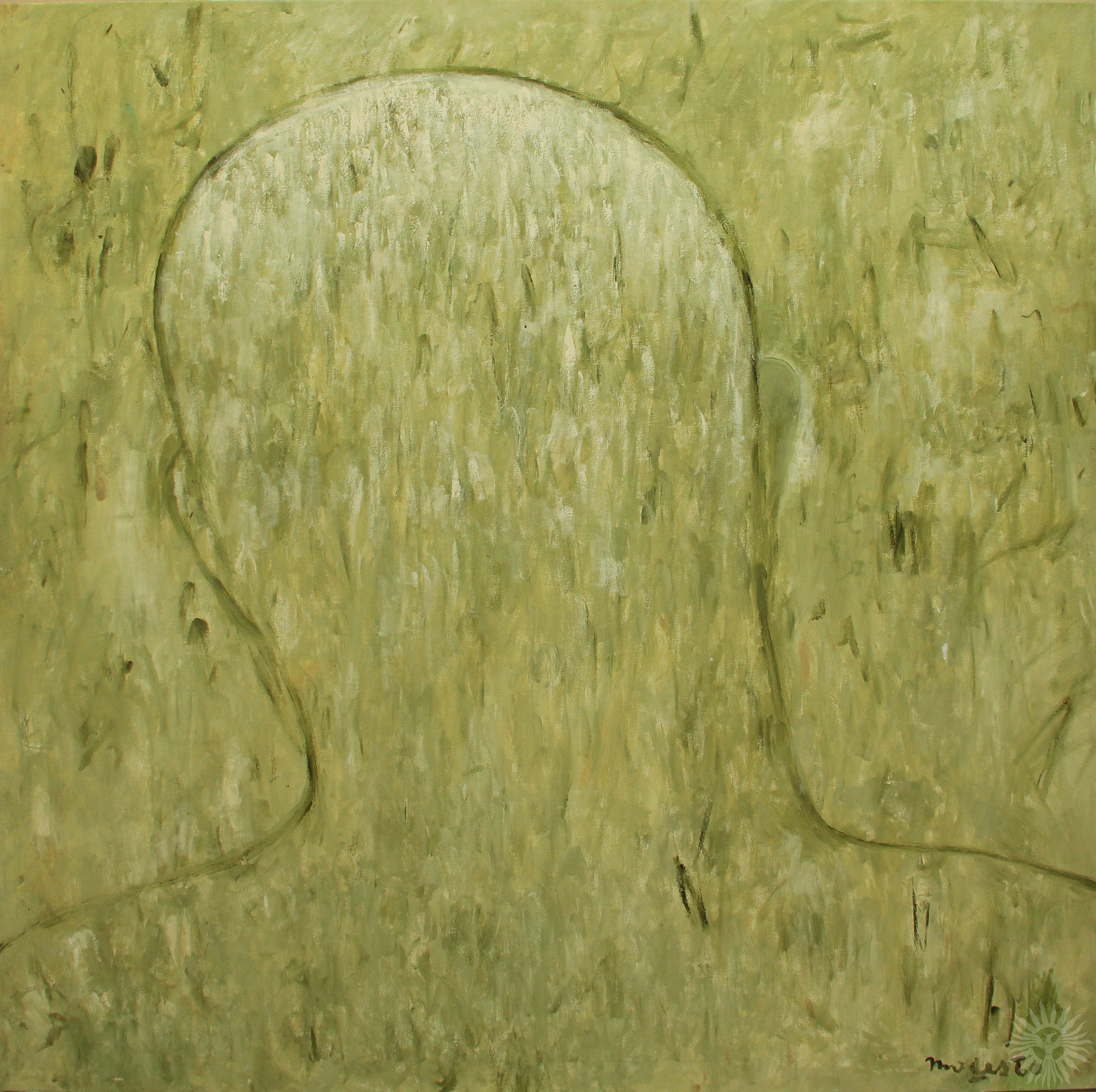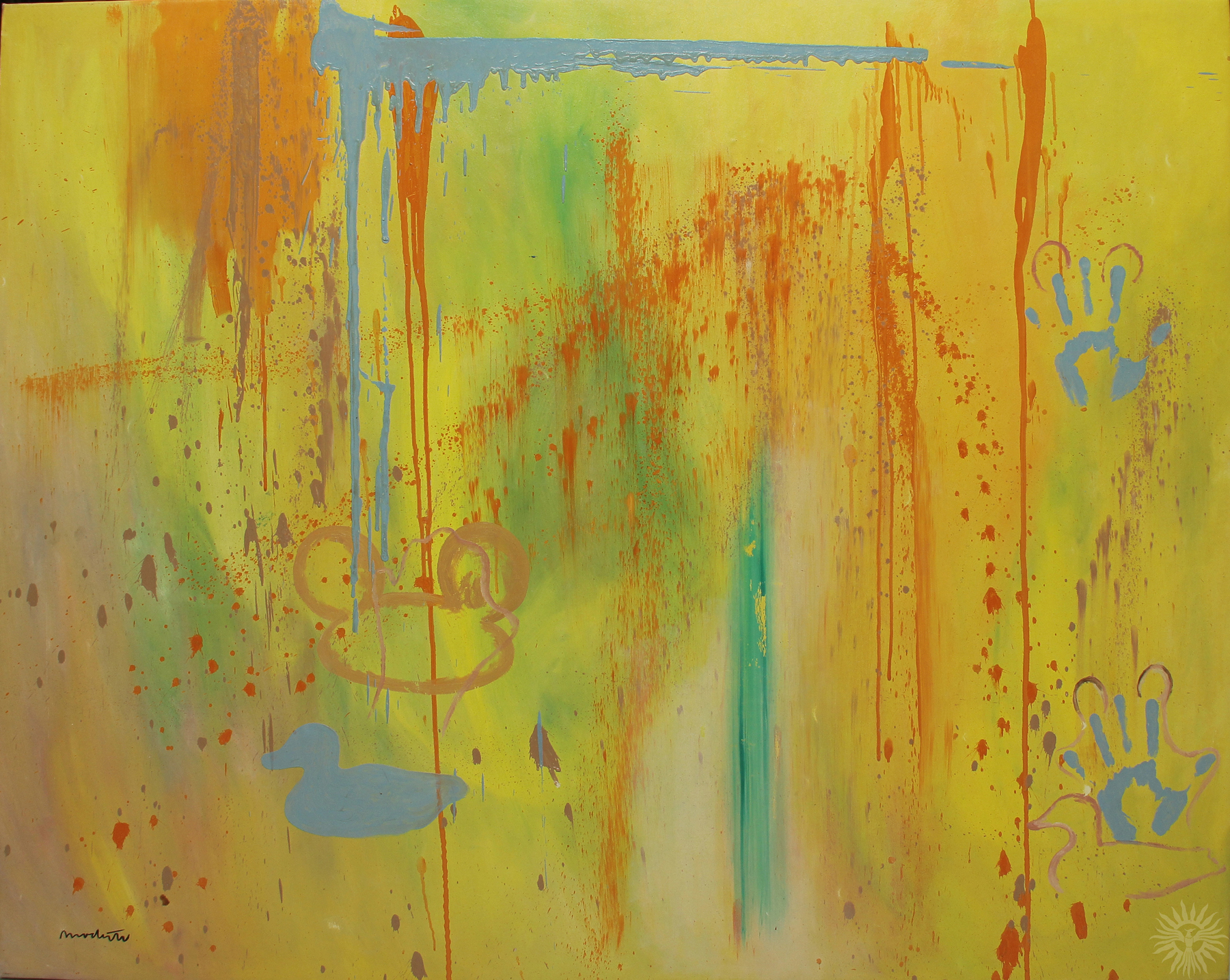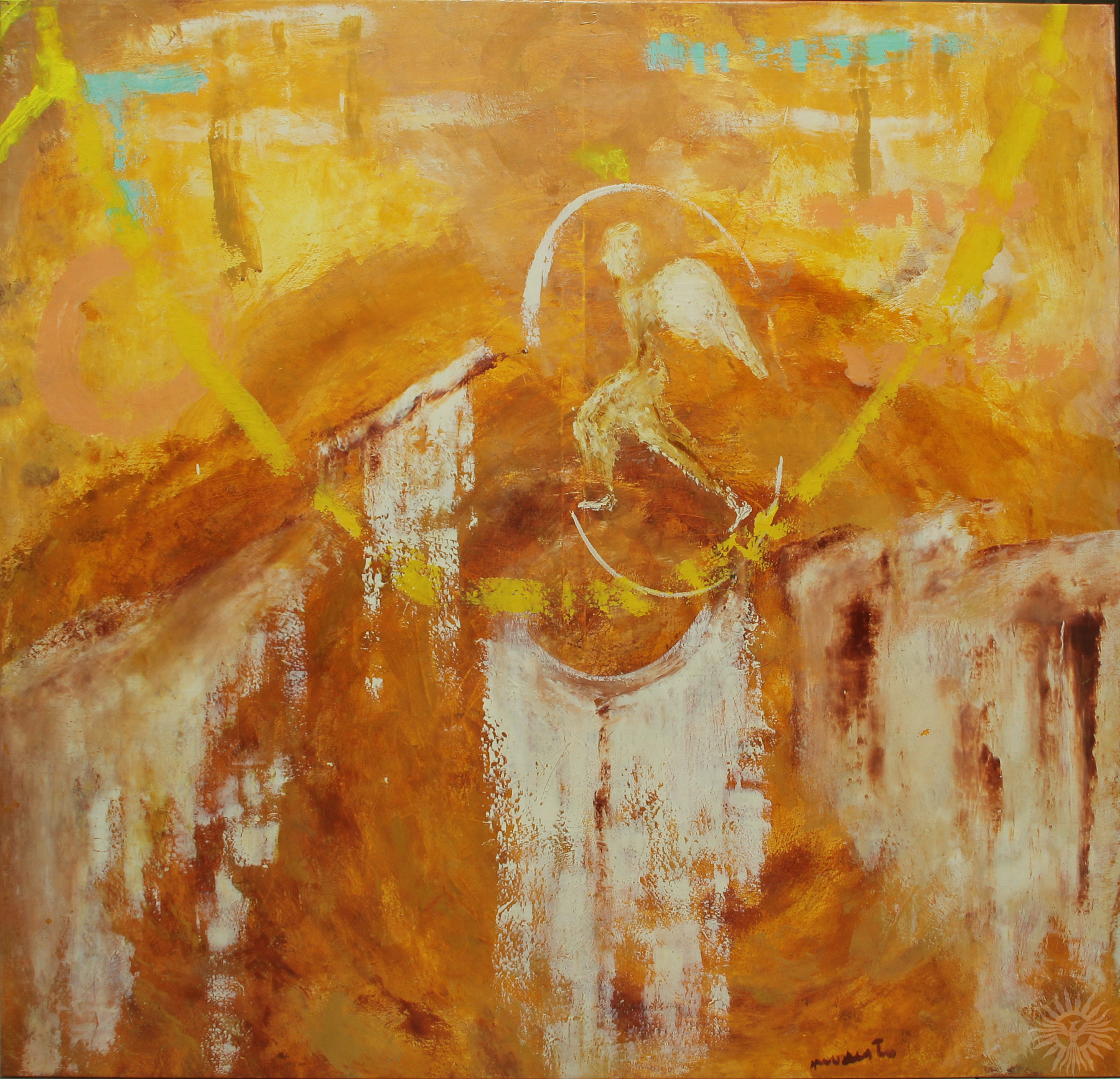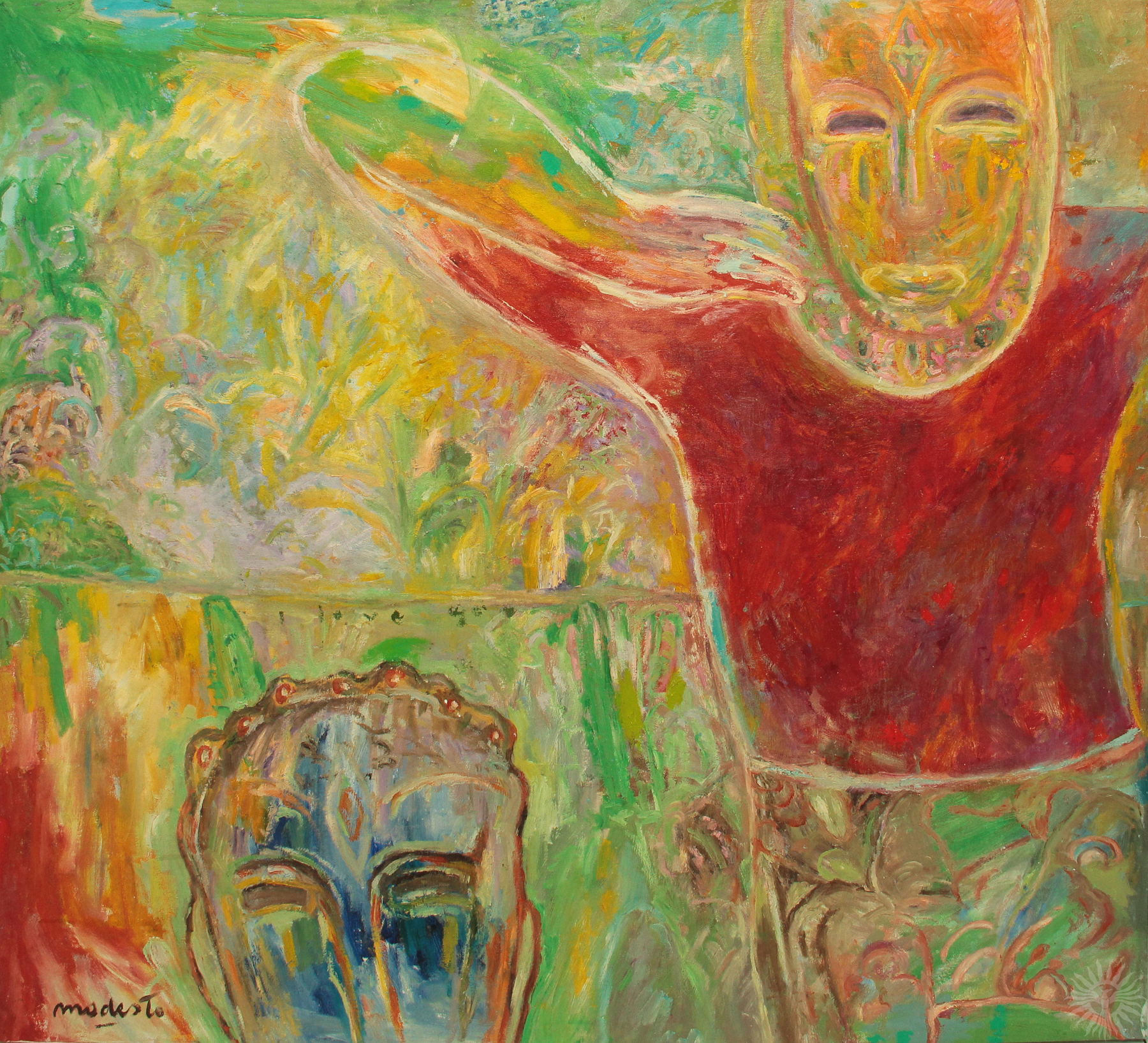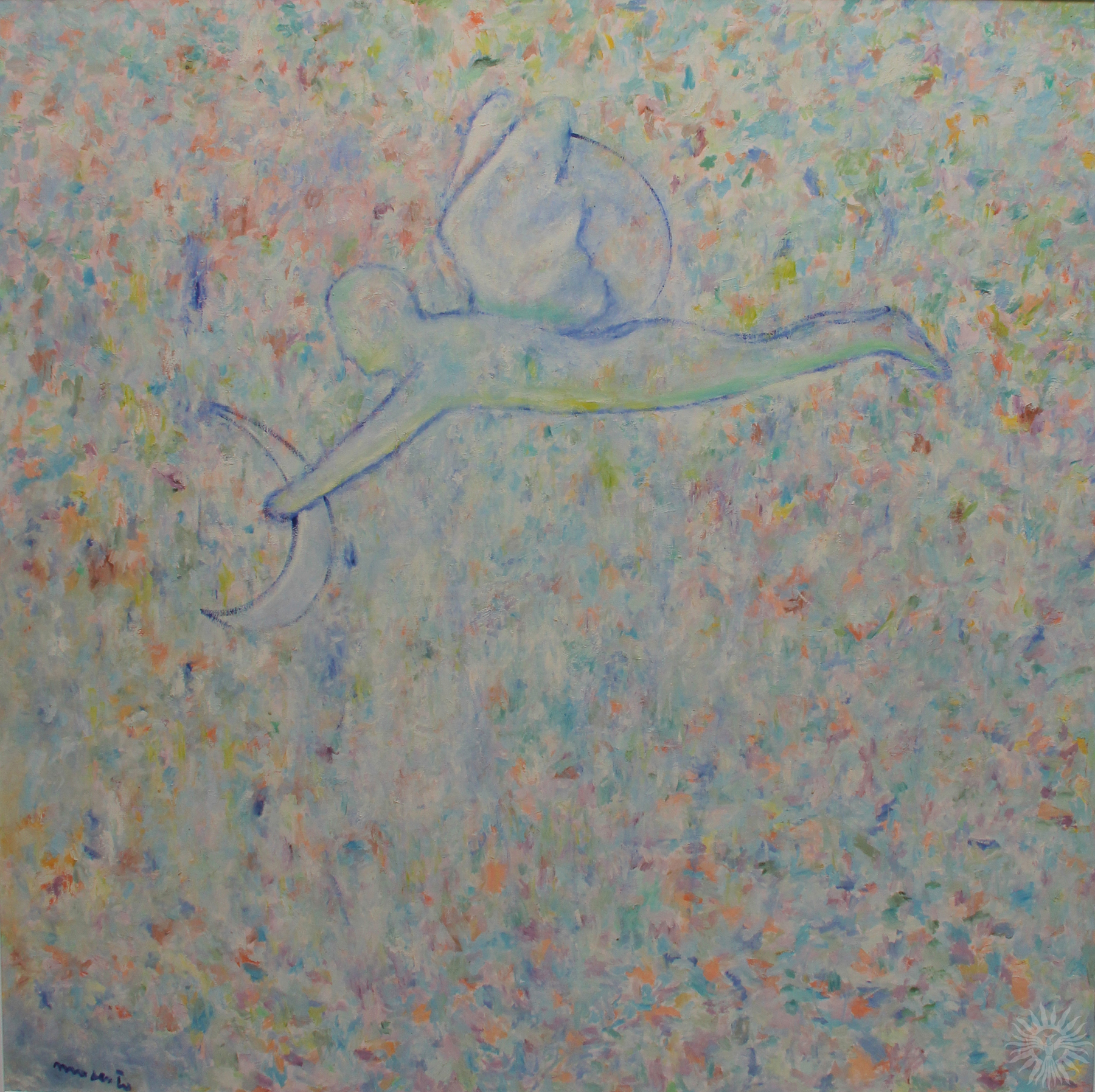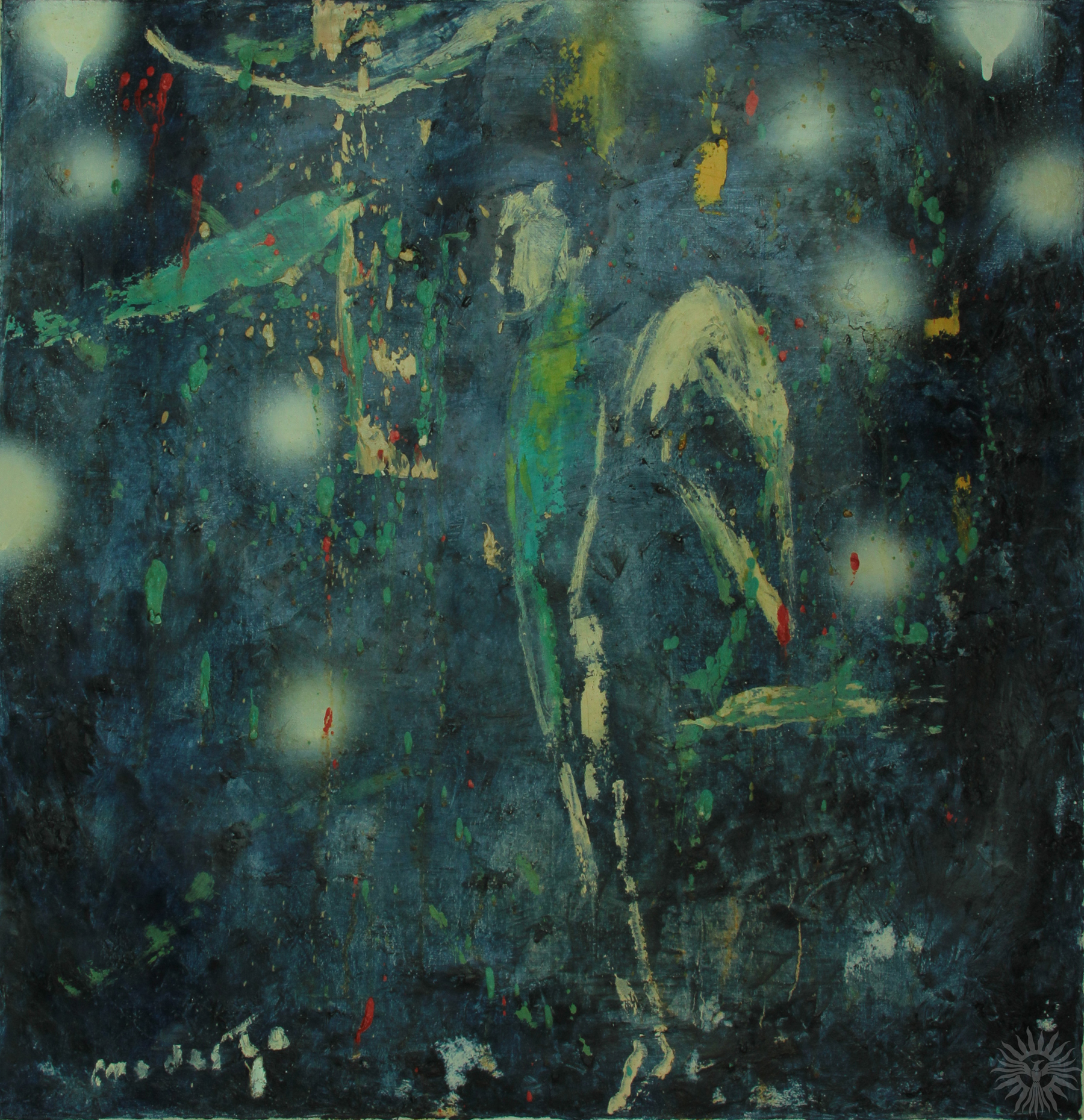Love the Earth, Heal the Spirit
February 25, 2016 - April 15, 2016
Fernando Modesto
Hiraya Gallery
“Happy is the heart that believes in angels.” – Author Unknown
Angels have always been present in the iconography of Christian, Byzantine, Persian, Muslim, and surprise, Chinese Buddhist art. But in Philippine art, the only angel one can recall is found in the label of native liquor, Ginebra Marca Demonio, an illustration done by the young Fernando Amorsolo, upon the commission of his patron Don Enrique Zobel de Ayala, who had sent him to study at the Academia de San Fernando in Madrid.
It was not until the Eighties, however, when a young and jocular artist, name of Fernando Modesto, had caused the proliferation of angels in numerous drawings and canvasses. Now in his senior years, Fernando Modesto’s creativity remains unabated, continually holding solo shows in various galleries in disparate parts of town.
Modesto is presenting his latest works at the Hiraya Gallery on February 25, with a show billed as “Love the Earth, Heal the Spirit.” The theme should not be glossed over for they make claim to our attention that this iconic image continues to proclaim its presence in Philippine contemporary art. Like Amorsolo’s dalagang bukid or BenCab’s Sabel, Modesto’s angel de la guardia is a representation of something deeply Filipino, in this case, a puckish figure that has taken residence in the art community’s collective consciousness, extolling us to look at the brighter, lighter, happier side of life. Once again, as in an apparition, Modesto’s angels descend from on high and find ensconced themselves in Modesto’s pictorial space.
In this current show, one just has to meet “The Angel on Top of The World,” for that is exactly where Modesto should be, having reached a stage in life where nothing more need be proven. Like visions of Chagall, they fly in space, as in “Angel on Flight,” on a journey to the moon. In “Reflection of the Two Moons,” three angels soar with three moons lighting their way. Indeed, Modesto’s angels have assumed human actuations and behavior, in the manner of the Nicolas Cage in the movie “City of Angels.” In a work such as “Khartoum” a pair of angels is playfully tossing a ball, while a “Sweet Angel” is seen casually sprawled in bed, staring back at the startled viewer.
In terms of craftsmanship, these angels seem to have been delineated in an almost carefree manner, affecting the style of an artistic child prodigy, an “old soul.”They have become even more ethereal, in that the artist has chosen to depict them in such bare, spare strokes, spending more attention on the painterly field of pigmented, impressionistic dabs and smears, as if playing with the various chromatic chords of colors and hues. Modesto possesses a rich palette of colors favoring milky pastel shades, where the strong primary colors, red, blue and green, have been desaturated, washed out with lashings of whites.
In a couple of works Modesto pays angelic obeisance to two masters, both rendered with his characteristic effervescent touch. Picasso is portrayed with his back to the audience, while his massive head and thick bull-like neck are all we see, sparing us from those legendary penetrating black Spanish eyes. The other, still another Spaniard, is the master of matiere (matter), Antoni Tapies, renowned for his encrusted canvases, littered with crosses. In three other works, distinct reflections of Modesto and wife Eleanor’s sojourns to distant lands. In sunny Italy, Tuscany, with its rolling hills and rows of cypresses, spreads out neatly in the noonday heat. The isle of Capri, with its windblown rippling waves, is viewed through a rocky alcove. And on to another isle closer to home, the island of Siquijor, in Central Visayas, described by Lonely Planet as “a mysterious other-world of witchcraft and the unknown.” Of course, it is famous for its mangkukulams (healers), who “brew traditional ointments for modern ailments.” But in the context of Modesto’s show, we are certainly not here talking of rheumatism and carcinomas, but of spiritual and psychic disturbances, hidden traumas, the undefined anxieties and the terrors of our subconscious, the nightmares of our panic-stricken lives, for which Modesto’s angels may in fact proffer better, more lasting,healings of the spirit.
